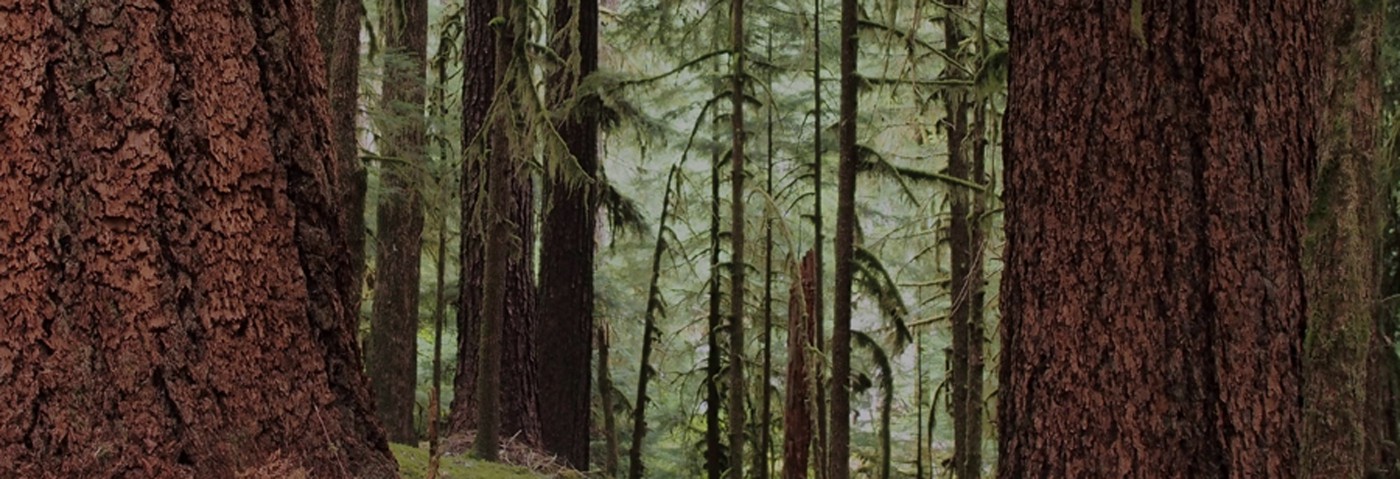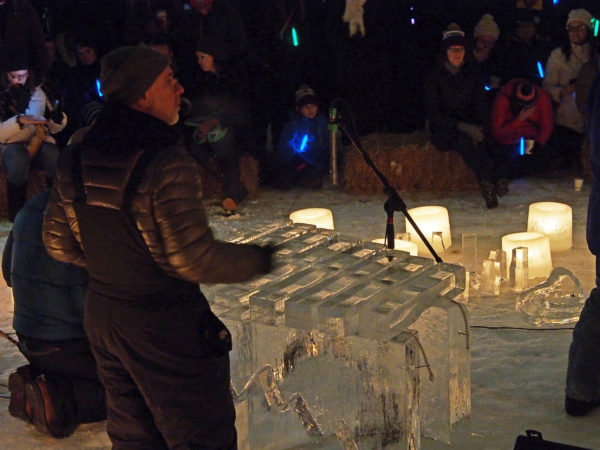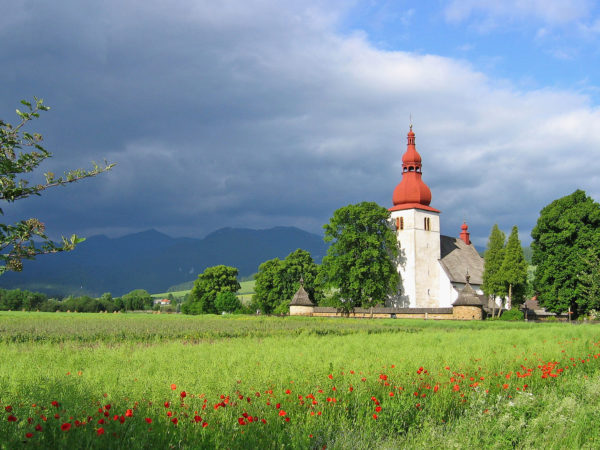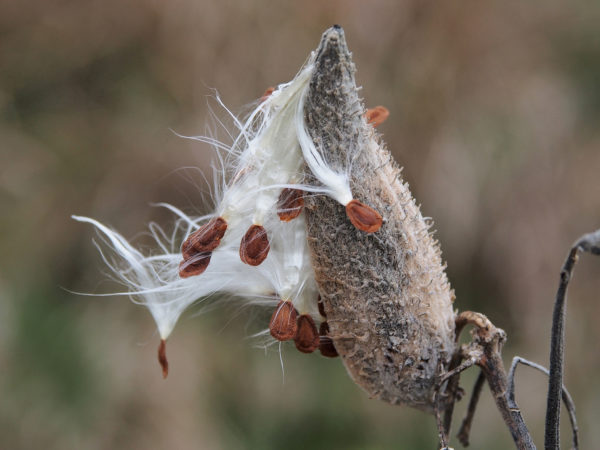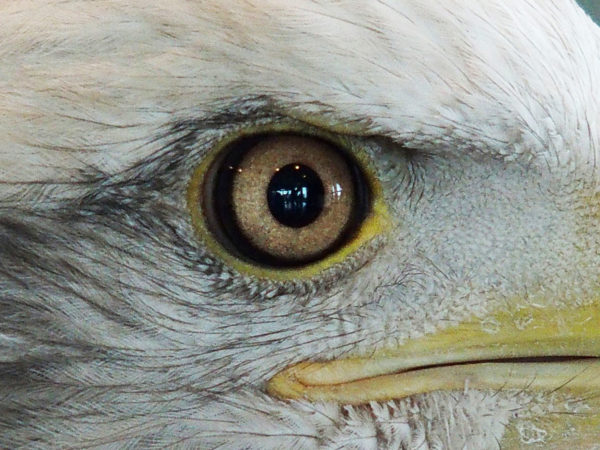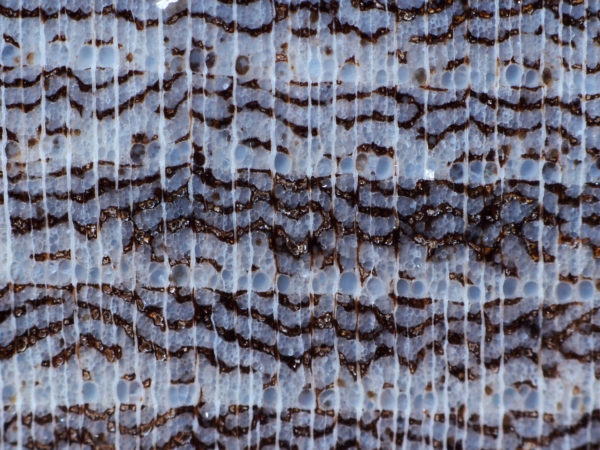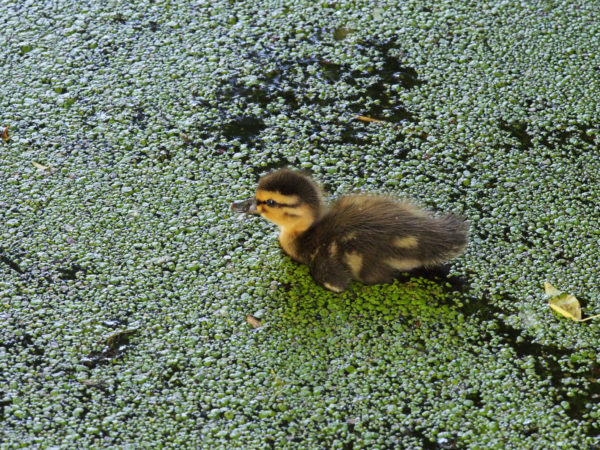A World of Molecules
Both living things and the non-living world consist of molecules. The molecules that make up each one of us are largely the same as those that make up every other person and animal on the planet. Molecules make up everything in the world of our experience.
